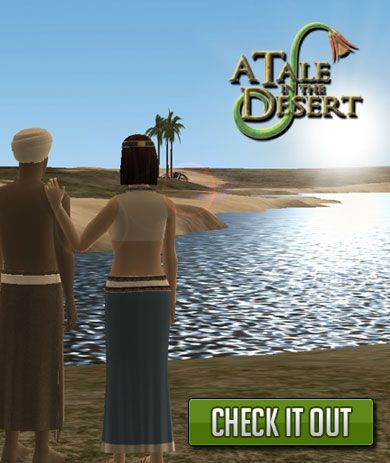
“The second reaction was that “Oooh… it’s a hard test. Of the first six, five were taken over by either Griefers or new players who didn’t realise what they were doing.” Obviously, time for a rethink. They told their friends to recruit friends.

“At the start they simply said “Most people in Egypt are trustworthy”, and threw it open,” Andrew notes, “They recruited friends. It’s a test to see how you manage a large organisation.” In fact, people who are lower ranked in the bureaucracy, so are giving lots of points for you, but getting few for themselves… and there’s the most of them, they have the most to gain by taking over, ruining your hard work and taking it for themselves. Anyone in the bureaucracy can take it over, and so gain its resources. “A few people are assigned the precious opportunity to start a bureaucracy,” explains Andrew, “You do well in this test by growing it as big as you can. To see how players reacted to this, consider the Test of the bureaucracy. “The community has to elect one person they trust totally, who then has the power to ban – permanently exile – up to seven people at their whim, any time,” notes Andrew.Ībstractly these are simple challenges, but its implications could lead to all manner of human problems. There’s been several high profile marriages that really did”. But in Egypt there’s no concept of divorce, so it’s the easiest test in the game to pass but it’s the one that can totally screw up your game forever. “A very simple puzzle: find one person you trust totally,” explains Andrew, “The person who you can marry, can use all your stuff – in fact, even log in as you.

An early example was the Test of Marriage. “There are certain social puzzles that are well know – like the Prisoners dilemma – but what was commonly known at the time wasn’t very large.” One of A Tale In The Desert’s primary elements is the passing of tests, which pose a social problem for them to find a solution. “Nobody was doing it, and they’re still not doing it in the sense that we’re doing it,” notes Andrew.Īn initial problem was actually devising these puzzles. But very few social puzzles… and I think that’s the most interesting thing in real life.” He references the American reality-TV show survivor’s interactive dynamic as an example of an exquisite social puzzle, and what he wanted to see in a game. “When MMO games first came out there was the promise of all sorts of things that had never been tried before,” he explains when asked about the game’s origins, “The first games that came out were really just taking a single player game and making them multiplayer.

“A tale in the desert was the game I always wanted to play – and it’s kind of ironic that it’s the one game that I can’t play,” ruefully notes Andrew Tepper, President of eGenesis, “Obviously, that wouldn’t be fair.” It’s a game that challenged its player base in a way that no other game was even attempting. Social puzzles abound, which had to be overcome, with personal gain faced off against group success. While initially it seemed to be about constructing in a grand co-operative venture – kind of a game of Settlers where you played one of the eponymous characters – players soon discovered that it was a far more political game than a world of simple, happy worker ants. In this ancient Egypt challenges awaited for you to overcome. However, it wasn’t the Sims Online’s glorified chat-room. For a start, it did the unimaginable in the videogame world and entirely removed direct combat. From the first second you logged onto A Tale In the Desert, it was clear that it wasn’t just another massively-multiplayer game.


 0 kommentar(er)
0 kommentar(er)
